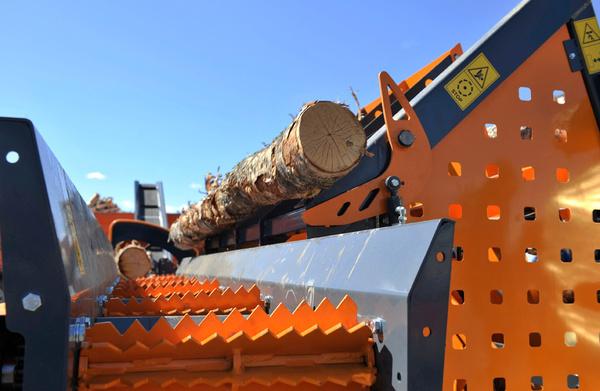Understanding loose cubic meters
When it comes to estimating your firewood needs, understanding the concept of loose cubic meters is crucial. In the context of firewood measurement, a loose cubic meter refers to the volume occupied by firewood pieces when they are not tightly stacked. This measurement includes the spaces between the logs, providing a more realistic estimation of the actual quantity of firewood you might have. Unlike solid cubic meters, which measures only the wood itself, loose cubic meters offer a practical approach to determining how much space your firewood will occupy and how much heat it will likely produce.
For those relying on wood heating, accurately estimating firewood needs is essential for ensuring a comfortable and warm environment throughout the colder months. This approach not only assists in budgeting and planning but also helps in making informed decisions about storage requirements and purchasing strategies.
Factors affecting firewood consumption
Several factors influence how much firewood you might need to keep your home warm and cozy. Climate is a primary consideration; colder regions will naturally require more firewood to maintain comfortable indoor temperatures. Similarly, the size of your home directly impacts firewood consumption. Larger homes require more heat to sustain warmth, translating to higher firewood needs.
Insulation levels also play a significant role. Well-insulated homes retain heat more efficiently, reducing the amount of firewood needed. Conversely, homes with poor insulation will require more fuel to maintain warmth, leading to increased firewood consumption. Additionally, the efficiency of your heating system can affect firewood needs. Modern, efficient stoves can extract more heat from each piece of wood, potentially reducing overall consumption.
Calculating your firewood needs
Estimating your firewood needs involves a few straightforward steps. Start by assessing the size of your living space and the average winter temperatures in your area. Most homes require between 3 to 6 loose cubic meters of firewood per season, but this can vary based on the factors discussed earlier.
To calculate your specific needs, consider using the following formula: Estimated Firewood Needs (in loose cubic meters) = (Home Size in square meters x Desired Temperature Increase) / Heating Efficiency Factor. The heating efficiency factor accounts for the efficiency of your stove and insulation levels, with higher numbers indicating greater efficiency.
There are also online calculators and tools available that can simplify this process by considering variables specific to your location and home characteristics.
Storing your firewood
Proper storage is essential to ensure your firewood remains dry and ready to use. Choose a location that is elevated and well-ventilated to prevent moisture accumulation. Stacking firewood correctly can also aid in drying and maintaining quality. Arrange the logs in a crisscross pattern to enhance air circulation, which helps in reducing moisture content.
Covering your firewood with a tarp or a specially designed wood cover can protect it from rain and snow. However, ensure the cover allows for adequate airflow to prevent mould growth. Storing firewood correctly not only preserves its quality but also ensures it burns efficiently, providing optimal heat output.
Environmental considerations
The environmental impact of using firewood as a heating source is a topic worthy of consideration. Although wood heating is considered carbon-neutral, as trees absorb carbon dioxide during their growth, it is crucial to source firewood sustainably. This involves purchasing from suppliers who practice responsible forestry and ensuring the wood is seasoned properly to reduce smoke emissions.
Implementing sustainable practices, such as replanting trees and selecting local sources, can mitigate the environmental impact. By prioritising ecological values in firewood usage, we contribute to preserving natural resources while enjoying the warmth and comfort of wood heating.
Comparing firewood to other heating options
When evaluating heating methods, firewood stands out for several reasons. It is often more cost-effective than gas or electric heating, particularly in areas where wood is abundant. Moreover, wood heating provides a unique, ambient warmth that other methods struggle to replicate.
In terms of efficiency, modern wood stoves have made significant advancements, offering comparable heating efficiency to some gas and electric systems. However, it is essential to consider the environmental impact. While firewood can be sustainable, it requires responsible sourcing and usage. In contrast, gas and electric heating involve different environmental considerations, such as fossil fuel consumption and electricity generation methods.
Conclusion
In summary, understanding and calculating your firewood needs in loose cubic meters is essential for effective wood heating. By considering factors such as climate, home size, and insulation, you can make informed decisions to ensure you have enough firewood for the season. Proper storage and sustainable sourcing further enhance the benefits of using firewood as a heating option.
At Reikälevy, we are committed to supporting professionals and resellers with our high-quality SAMI-branded machinery. Our solutions are designed to enhance efficiency and sustainability, making us a valued partner in the agricultural and technology industries. We invite you to explore our range of products and discover how we can assist in achieving your goals. For more information, feel free to contact us or visit our website.

